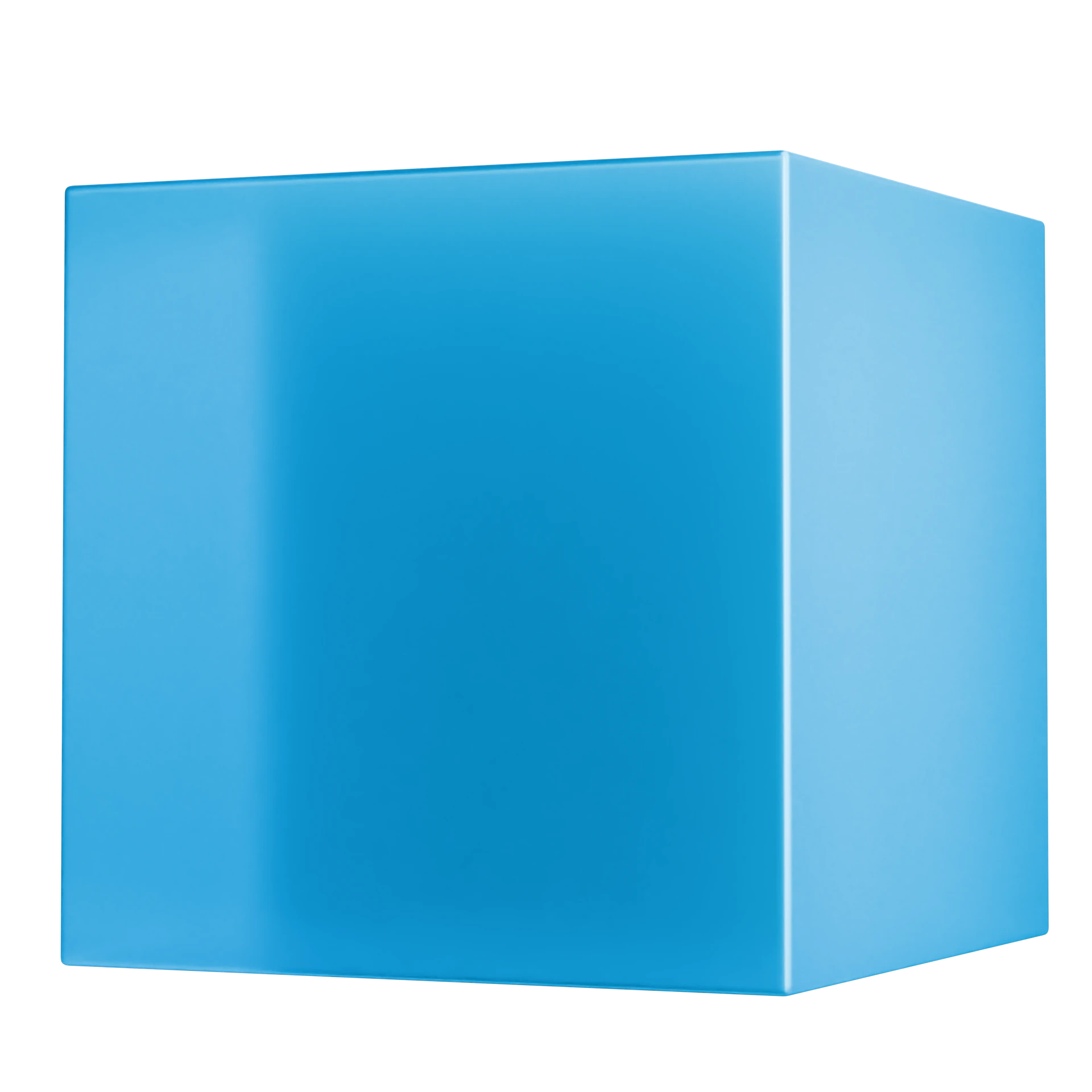Production IT Planning
Just like the smart factory, the efficient factory is the goal of every modern production strategy. In addition to efficient processes, this now depends more than ever on appropriate support for value-adding processes through information technology solutions. The corresponding concepts can be found in many buzzwords, such as the smart factory, the networked factory, or the digital factory.
Efficient processes and targeted IT support ensure long-term competitiveness.

“Digitalization” extends across the entire value chain of production: starting with order management in the ERP system, through detailed planning in the MES system and production monitoring in the SCADA system, to the actual execution of orders by production systems with PLC control and OPC interfaces, as well as quality documentation based on recorded production parameters.
Although the basic principles of the ISA-95 automation pyramid remain valid as a structuring paradigm for production IT/OT, the individual elements are constantly evolving and new technologies are being added. Current technology trends include cloud-based provision of control systems, the use of microservices instead of monolithic software architectures, and the integration of AI models – especially large language models – into existing MES systems.

Functional trends currently shaping the industry include topics such as “digital twins,” “advanced data analytics,” “cybersecurity,” and the convergence of IT and OT worlds. These trends are largely based on the availability of accurate and up-to-date production data. To reduce the integration effort required by defining complex interfaces between plants and higher-level control systems, the OPC UA standard is increasingly becoming the gold standard for data interfaces in the planning of modern production systems.
As part of an international machine, plant, and software manufacturer with extensive experience from numerous planning projects, the consultants at Dürr Consulting know what is important when designing IT systems for production. To develop a tailor-made concept for your company, we always consider three perspectives. First, we work with you to define the target vision for the “smart factory,” which serves as our guiding star when planning the various elements of the automation pyramid. Second, we analyze the value-added process in detail to determine how it can be optimally supported by IT/OT technologies. Third, we compare the requirements with the solutions currently available on the market to ensure that our concept is both future-oriented and feasible.

Carl-Benz-Str. 34
74321 Bietigheim-Bissingen
Germany
